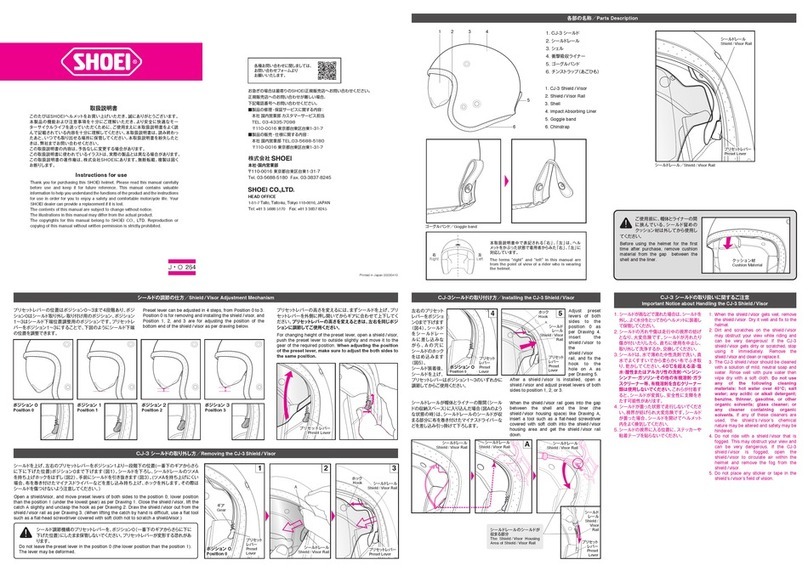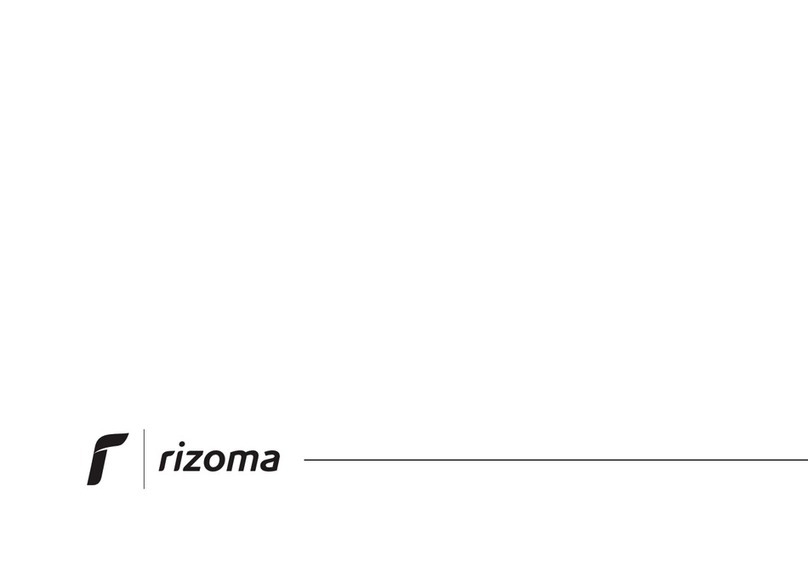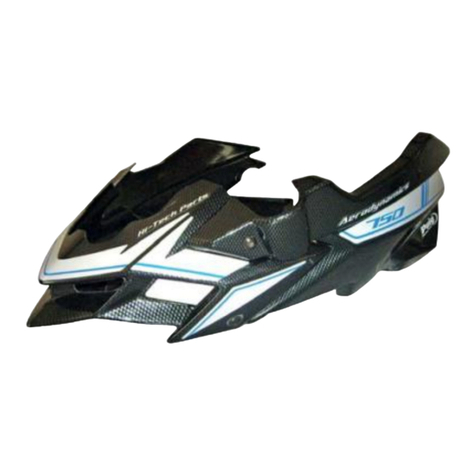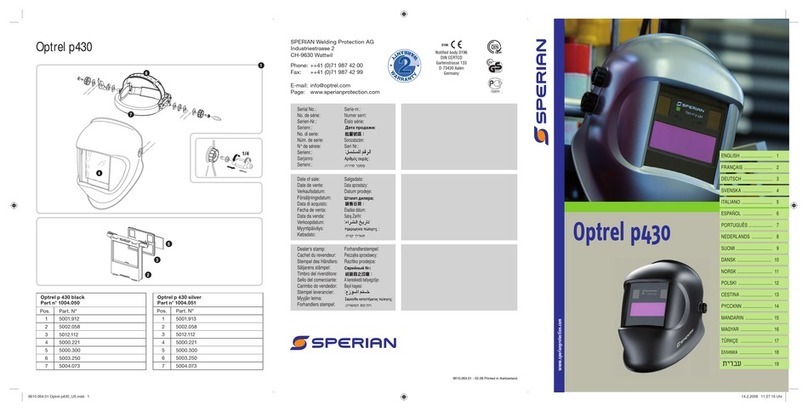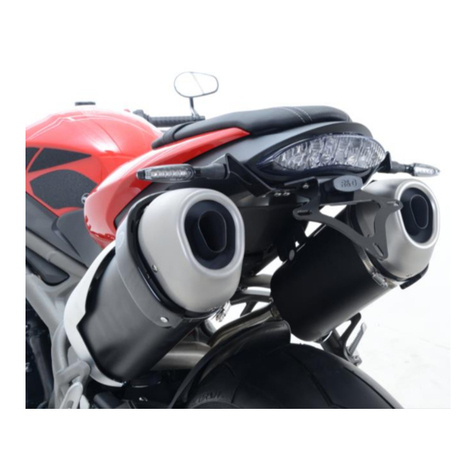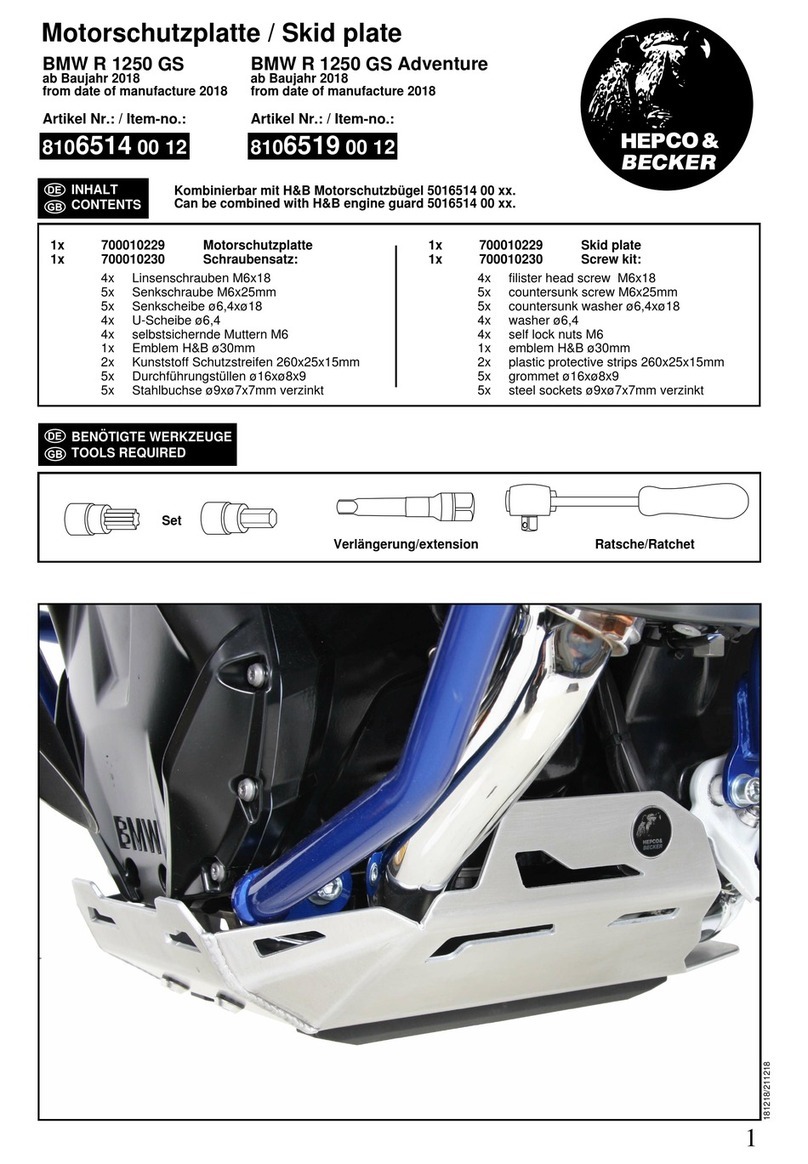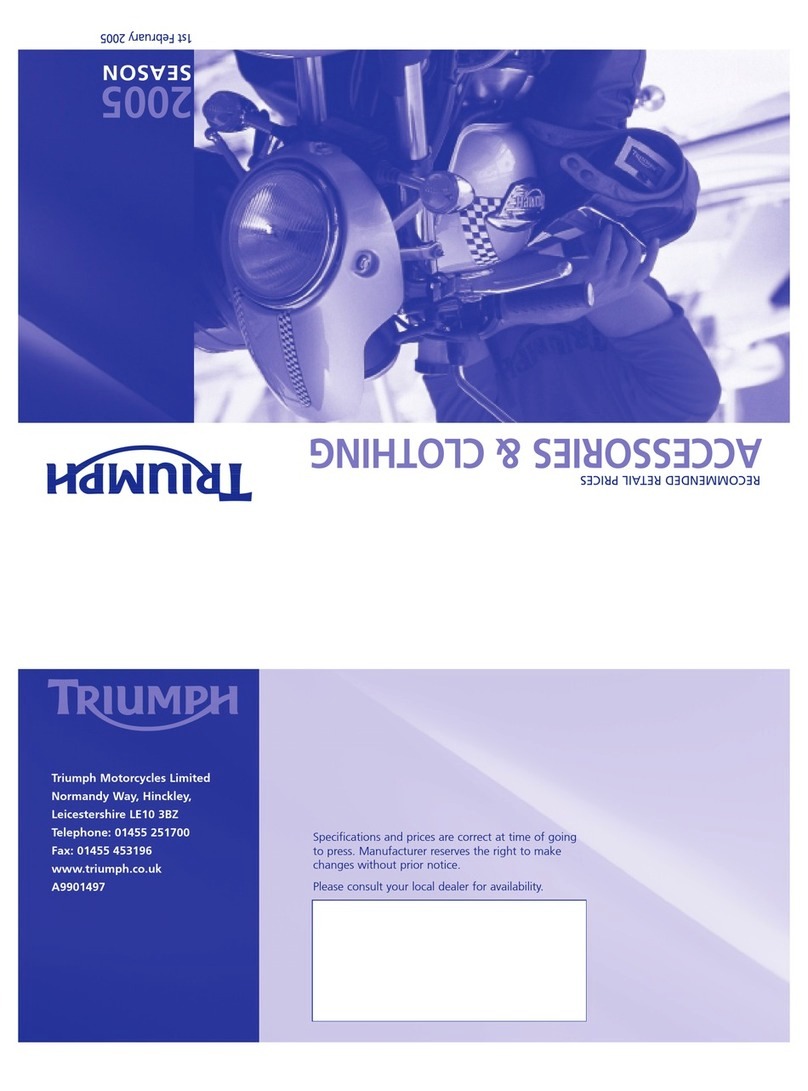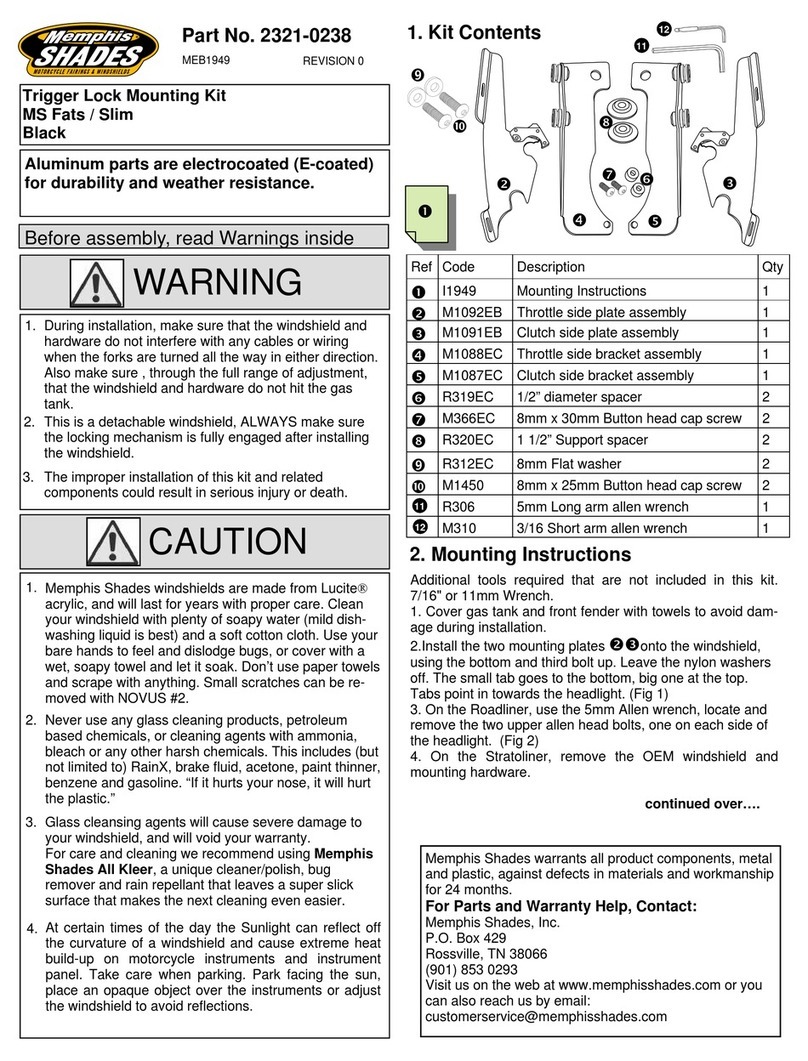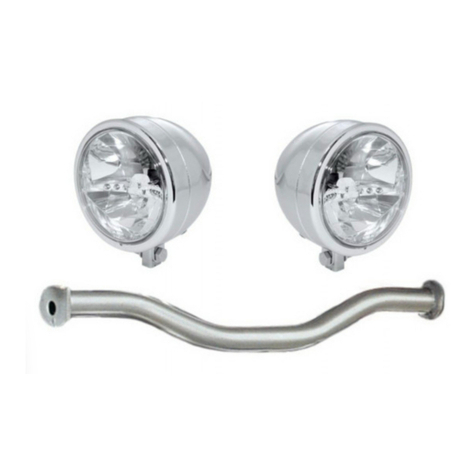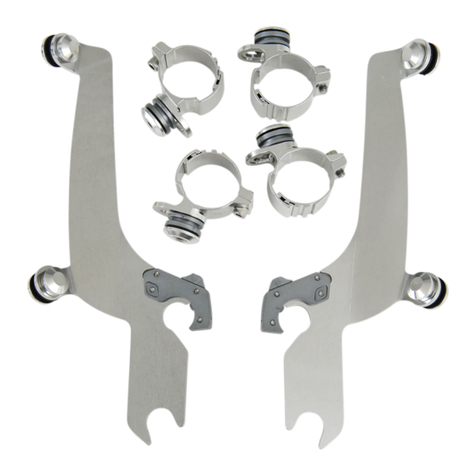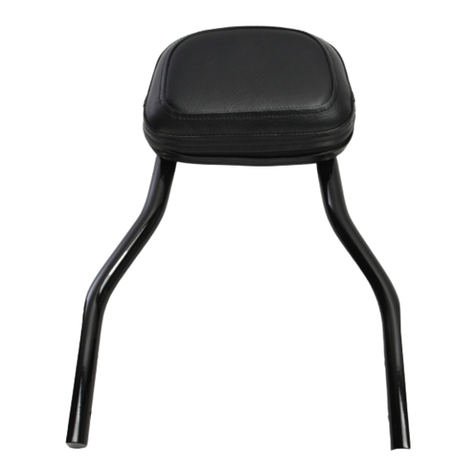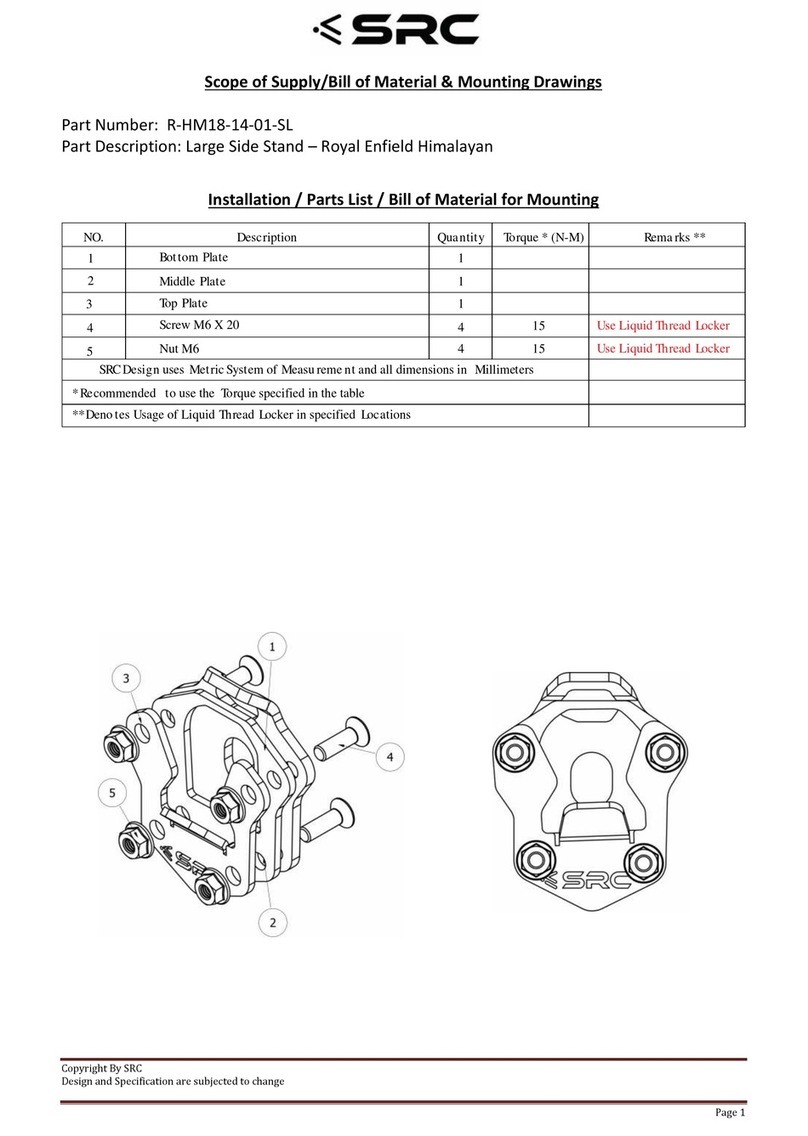DesignSter FX-015 Assembly instructions

INSTRUCTIONS
FOR
USE AND CARE
KIDS' BIKE HELMET
Model No.: FX-015
UK Suite 11, First Floor, Moy Road Business
Centre, Taffs Well, Cardiff, Wales, CF15 7QR
EVATOST CONSULTING LTD
Brehmstr. 56, 40239
Duesseldorf Germany
Prolinx GmbH

HELMET INSTRUCTIONS
WARNING
The helmet you have just purchased provides protection,
whether on or off the road. To ensure proper use of this helmet,
familiarise yourself with its features, fit and care by carefully
reading through this manual before wearing your new helmet.
(a) No helmet can protect the wearer against all possible impacts.
(b) The helmet is designed to be retained by a strap under the lower
jaw.
(c) To be effective, a helmet must fit and be worn correctly. To check for
correct fit, place helmet on head and make any adjustments indicated.
Securely fasten retention system. Grasp the helmet and try to rotate it
to the front and rear. A correctly fitted helmet should be comfortable and
should not move forward to obscure vision or rearward to expose the
forehead.
(d) No attachments should be made to the helmet except those
recommended by the helmet manufacturer.
(e) The helmet is designed to absorb shock by partial destruction of the
shell and liner. This damage may not be visible. Therefore, if subjected
to a severe blow, the helmet should be destroyed and replaced even if it
appears undamaged.
(f) The helmet may be damaged and rendered ineffective by petroleum
and petroleum products, cleaning agents, paints, adhesives and the
like, without the damage being visible to the user.
(g) A helmet has a limited lifespan in use and should be replaced when
it shows obvious signs of wear.
(h) This helmet should not be used by children while climbing or doing
other activities where there is a risk of hanging or strangulation if the
child gets trapped whilst wearing the helmet.

THE PROPER FIT
STEP 1: The helmet fits correctly when the fit pads hold it firmly but
comfortably in place. Different thicknesses are provided for that
purpose. Pads are held in place by hook and loop style fasteners. Try
any combination of the different thicknesses provided until the helmet
fits firmly and comfortably. All fitting adjustments MUST be made with
the helmet in the proper position. Failure to do so will result in a poor fit.
This will allow the helmet to move out of position or come off in an
accident. For proper position, please refer to Diagram A.
STEP 2: Always wear a helmet low in the front to protect the forehead
as in the "correct" 1 figure.
STEP 3: The front and rear straps should
join at a point slightly below and in front
of the ears.See Diagram B. To adjust the
position of the straps hold one end of the
buckle in one hand and slide the slide
adjuster up or down as necessary with
the other hand correctly positioned. To
adjust the front or rear strap individually,
hold the strap to be adjusted and slide
the slide adjuster in the appropriate
direction.
CORRECT INCORRECT
DIAGRAM A
DIAGRAM B

STEP 4: Always wear the helmet with the chin strap buckle fastened
and the strap pulled tight. Make sure the strap is well back against the
throat, NOT on the point of the chin. Straps worn in the point of the chin
increase the chance of the helmet coming off in an accident. See
Diagram C and Diagram D on how to fasten and release the buckle.
The size adjustment system
Use the regulator pattern as shown in the figure below:
Hold the front end of the helmet and
screw down the regulator adjusting plate.
DIAGRAM C
DIAGRAM D
Turn the regulator counter
clockwise amplification size.
Turn the regulator clockwise
to reduce the size.

Make sure the loose end of the strap
passes through the rubber "O" ring. If it
does not, the strap may slide loose and
the helmet can come off accidentally.
See Diagram F.
DIAGRAM F
STEP 5: Before using the helmet, make sure it fits correctly, the straps
are correctly adjusted and the chin strap is tight enough. Put the helmet
on in the correct position. Fasten the chin strap and pull it tight.
Grab the helmet with both hands and twist it to the left and to the right. If
the helmet fits right, the skin on the forehead will move as the
helmet moves. If it does not, the helmet is too loose. Return to Step 1 .
CHECK THE FIT:
Grab the helmet with both hands and try to move it by rolling the helmet
forward and back ward as far as you can. Make a serious effort. If you
can roll it off the head completely in either direction, roll it forward so far
that it blocks vision or backwards far enough to expose the forehead it
doesn't fit right. Repeat Steps 3 and 4 until helmet movement is minimal.
CHECK THE STRAPS:
STEP 6: Once you are satisfied that the helmet fits correctly and that all
straps are properly adjusted and tightened, take a short ride. Pay
attention to overall comfort and helmet stability while riding. Make any
minor adjustments to the fit pads and straps to improve the comfort
stability.
Use only mild soap and water to clean the helmet, straps and pads. DO
NOT use chemicals. Do not use solvents, paints and hydrocarbons.
CLEANING YOUR HELMET:
If you cannot adjust your helmet to fit as required by Step 5, DO NOT
USE THIS HELMET.
Replace it with a different size.
WARNING:

After each use, allow the helmet to air dry and then store in a cool, dry
place. Excessive heat can damage the helmet. In direct sunlight, the
back ledge of car, behind rear window and other places that can get hot
enough, will cause heat damage. Damaged helmets will appear to have
uneven or bubbly surfaces. DO NOT USE HEAT DAMAGED HELMETS.
The helmet should be adjusted to ft the user, e.g. the straps positioned so
that they dot not cover the ears, the buckle positioned away from the
jawbone and the straps and buckle adjusted to be both comfortable and
firm; how the helmet should be positioned on the head to ensure the
intended protection is provide (e.g. that it should be placed so as to
protect the forehead and not be pushed too for over the back of the
head); to protect the forehead and not be pushed too for over the back of
the head); a helmet cannot always protect against injury; a helmet
subjected to a severe impact should be discarded and destroyed; a
statement of the danger of modifying or removing any of the original
component parts of the helmet other than as recommended by the
manufacturer, and that helmets should not be adapted for the purpose of
fitting accessories in a way not recommended by the manufacturer.
Certified by: Intertek Testing Services Shenzhen Ltd.
West Side of 1/F and 3,4,5/F of Bldg. 1, 1-5/F of
Bldg.3, Yuanzheng Science and Technology Industri-
al Park, No.4012, Wuhe Ave. North, Bantian Street,
Longgang District, Shenzhen
This helmet is in conformity with the regulation (EU)
2016/425 and (US) CPSC 1203.
STORING YOUR HELMET:
Manufacturer: Dongguan Flying Sports Goods Co., Ltd.
Address: No. 14 Zhongkeng Nongchang Road, Shipai
Town, Dongguan, Guangdong Province, China, 523000
Made in China
Table of contents
